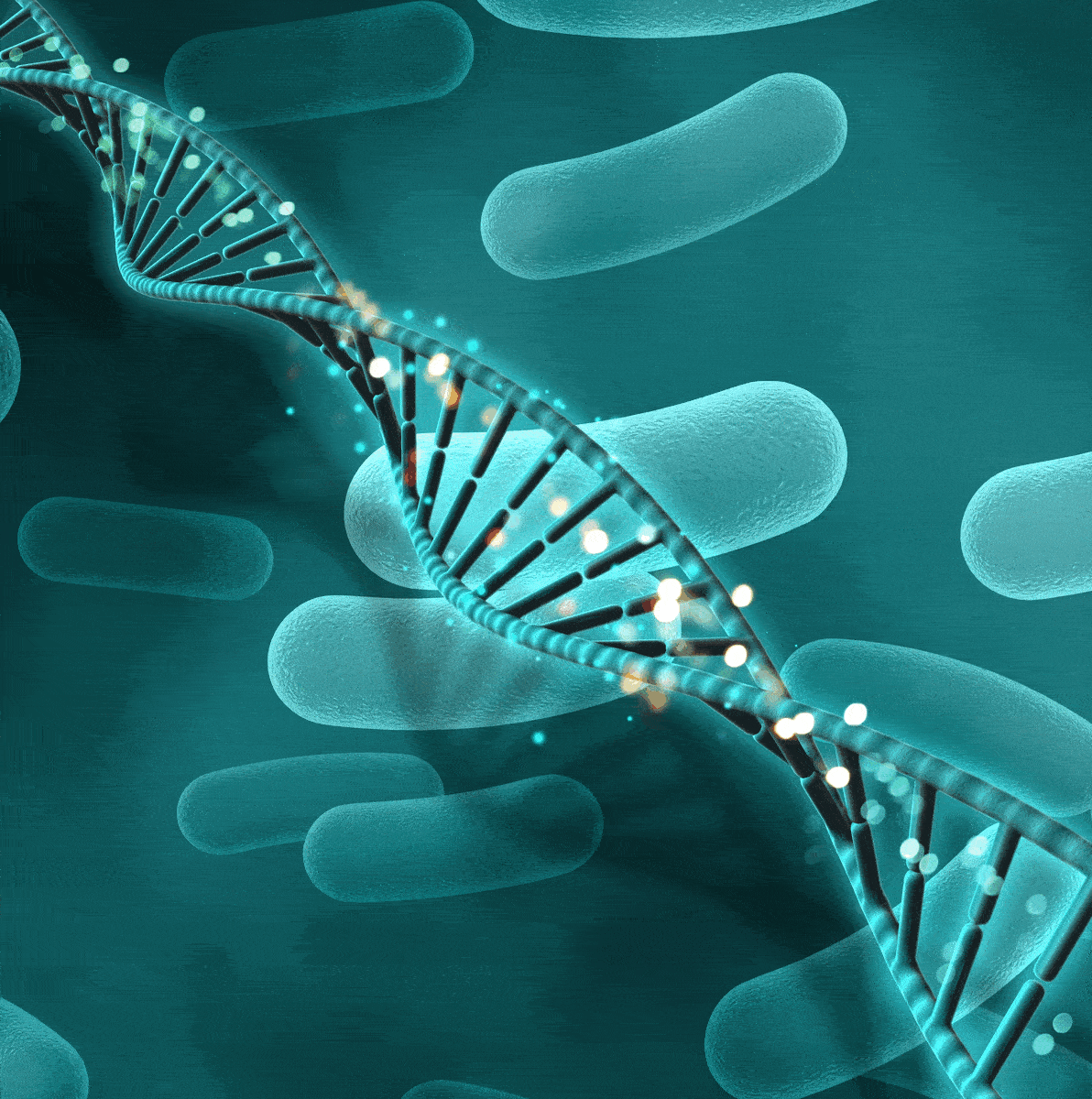Stem cells, often hailed as the architects of regeneration, possess the remarkable ability to develop into various specialized cell types, making them a cornerstone of regenerative medicine. In this comprehensive overview, we embark on a journey into the world of stem cells, exploring their basic biology, types, and the transformative potential they hold for medical treatments.
I. Introduction to Stem Cells
A. Definition and Characteristics
Stem cells are undifferentiated cells with the unique ability to divide and differentiate into a variety of cell types. Their defining features include self-renewal and pluripotency, allowing them to contribute to the formation of tissues and organs throughout the human body.
B. Types of Stem Cells
- Embryonic Stem Cells (ESCs): Derived from embryos, these pluripotent cells have the potential to become any cell type in the body.
- Adult or Somatic Stem Cells: Found in various tissues, these multipotent cells can differentiate into specialized cells within their tissue of origin.
- Induced Pluripotent Stem Cells (iPSCs): Reprogrammed from adult cells, iPSCs share characteristics with embryonic stem cells, offering broad differentiation potential.
II. The Promise of Regenerative Medicine
A. Overview of Regenerative Medicine
Regenerative medicine harnesses the power of stem cells to repair, replace, or regenerate damaged tissues and organs. This approach holds immense promise for treating a wide range of medical conditions, from degenerative diseases to injuries.
B. Current Applications
- Blood Disorders: Stem cell transplantation is a standard treatment for conditions such as leukemia and lymphoma.
- Orthopedic Injuries: Stem cells play a role in accelerating the healing of musculoskeletal injuries, offering new avenues in orthopedic care.
- Neurological Disorders: Ongoing research explores the use of stem cells for conditions like Alzheimer’s and Parkinson’s, with the potential to regenerate neural tissues.
III. Advances in Stem Cell Research
A. Breakthroughs in Cellular Reprogramming
- Nobel Prize-Winning Discoveries: The groundbreaking work of Shinya Yamanaka in cellular reprogramming paved the way for induced pluripotent stem cells (iPSCs), revolutionizing the field.
- CRISPR-Cas9 Technology: The advent of gene-editing technologies like CRISPR-Cas9 has opened new possibilities for precise modifications in stem cells.
B. Emerging Therapies
- Immunotherapy: Stem cells are being investigated for their immunomodulatory properties, potentially revolutionizing the treatment of autoimmune disorders.
- Tissue Engineering: Researchers are exploring the use of stem cells in creating functional tissues for transplantation, addressing the shortage of donor organs.
IV. Ethical Considerations
A. Responsible Use of Stem Cells
- Ethical Guidelines: The field of stem cell research is guided by strict ethical principles, ensuring the responsible and transparent use of these powerful cells.
- Avoiding Controversy: Researchers focus on ethical sourcing of stem cells, steering clear of controversies related to embryonic stem cells.
V. Future Directions
A. Personalized Medicine
- Genetic Profiling: Advances in understanding individual genetic profiles enable the customization of stem cell therapies for precision medicine.
- Patient-Specific Treatments: The future holds the promise of tailoring stem cell interventions to the unique needs of each patient.
B. Challenges and Opportunities
- Scientific Challenges: Researchers grapple with complexities in cellular behavior and differentiation.
- Clinical Translation: Bridging the gap between laboratory discoveries and clinical applications poses challenges but presents opportunities for medical breakthroughs.





